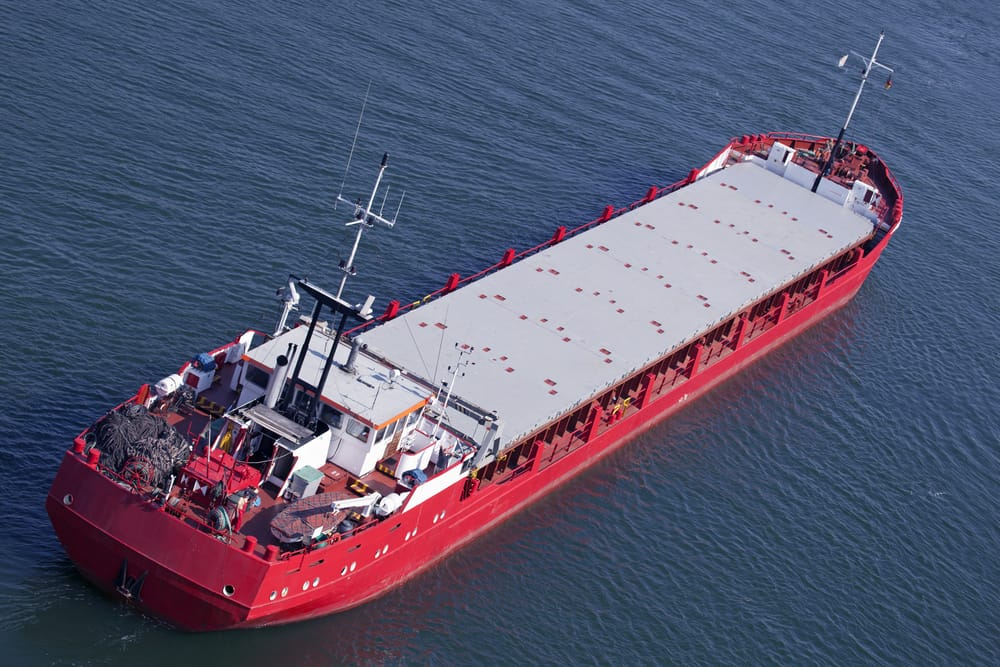The maritime industry is set for a transformation with the introduction of the S-100 data framework for navigational charts and ECDIS
Anew approach to managing navigation data has the potential to significantly enhance how ships navigate and interact within the marine environment. Maritime navigation will be revolutionised by the introduction of the S-100 framework, developed by the International Hydrographic Organization (IHO) for the electronic navigational charts (ENCs) used by ship electronic chart, display information systems (ECDIS).
The S-100 framework is set to replace the traditional S-57 from 2026 and is being rolled out in phases. IMO has published a new performance standard which recognises S-100-enabled ECDIS as operational and legal for use from 2026.
Then, from 2029 onwards, all new ECDIS installations, including retrofits, will need to support S-100 data. S-100-compatible ECDIS will continue to support existing ENCs using the current S-57 standard, allowing shipowners a gradual migration.
“The key difference lies with S-100’s ability to integrate multiple data sets into a single, interoperable platform, providing mariners withgreatly improved insights in the navigable environment,” said UK Hydrographic Office head of technical partnering, Tom Mellor.
S-100 data is particularly useful for ships operating in high-traffic port environments, where higher-definition data reduces grounding risks and increases navigation areas. ENCs produced with under this frameworkwill integrate rich bathymetric surface data (S-102), real-time water levels data (S-104), precise surface current information (S-111) and more.
“Mariners will be able to have a multilayered view of their maritime surroundings, all in one display,” said Mr Mellor.
“These innovations will enable mariners to make informed decisions on route planning, making it possible to better navigate regions that are typically congested, with an improved understanding of the navigable space available to them based on dynamic under-keel clearance calculations.”






